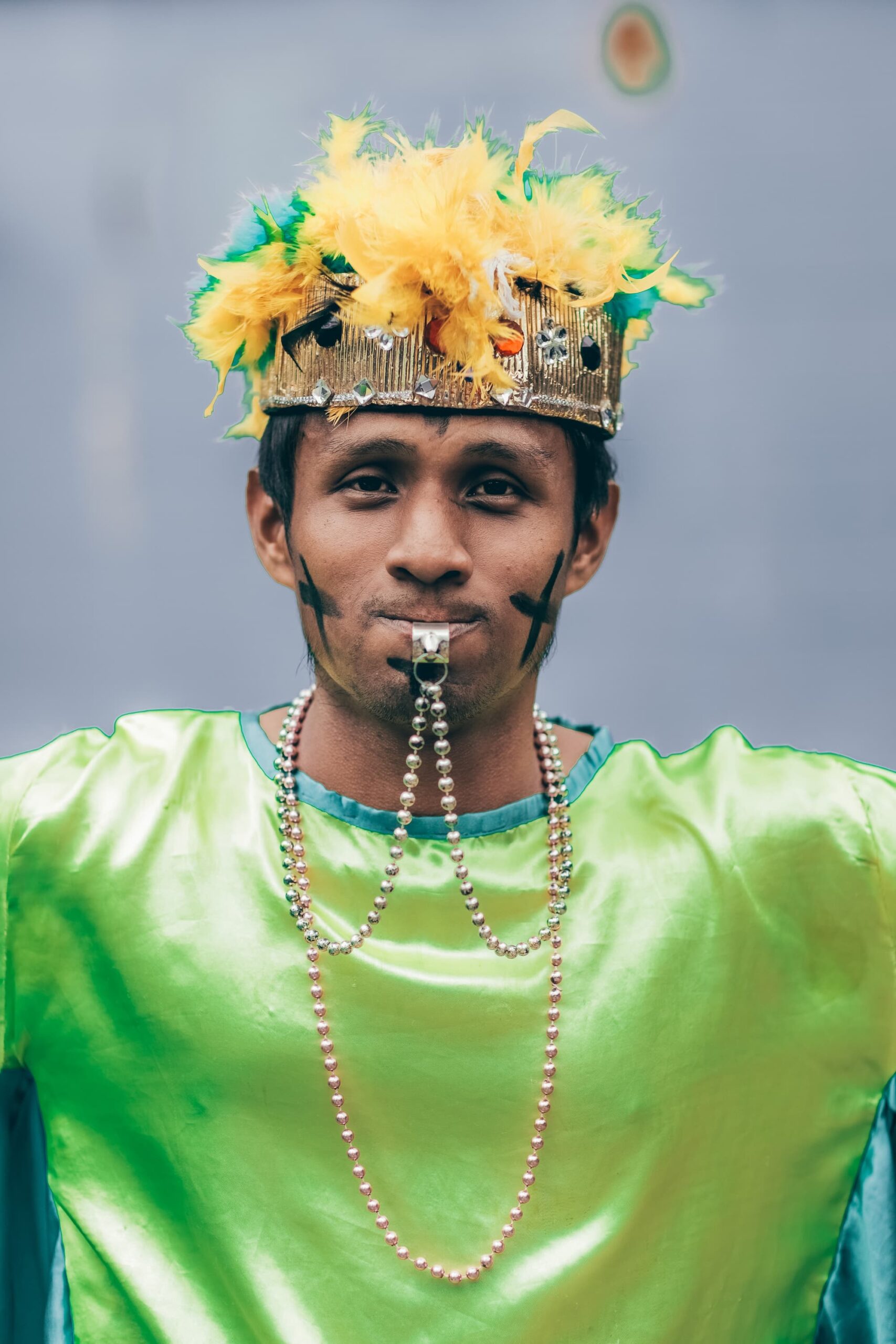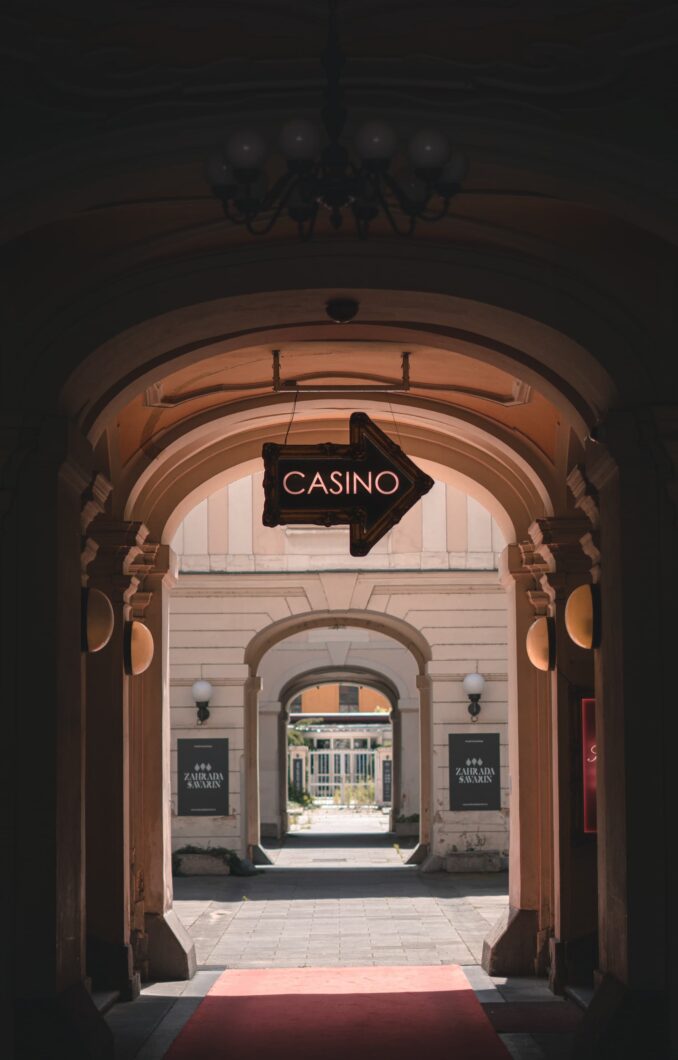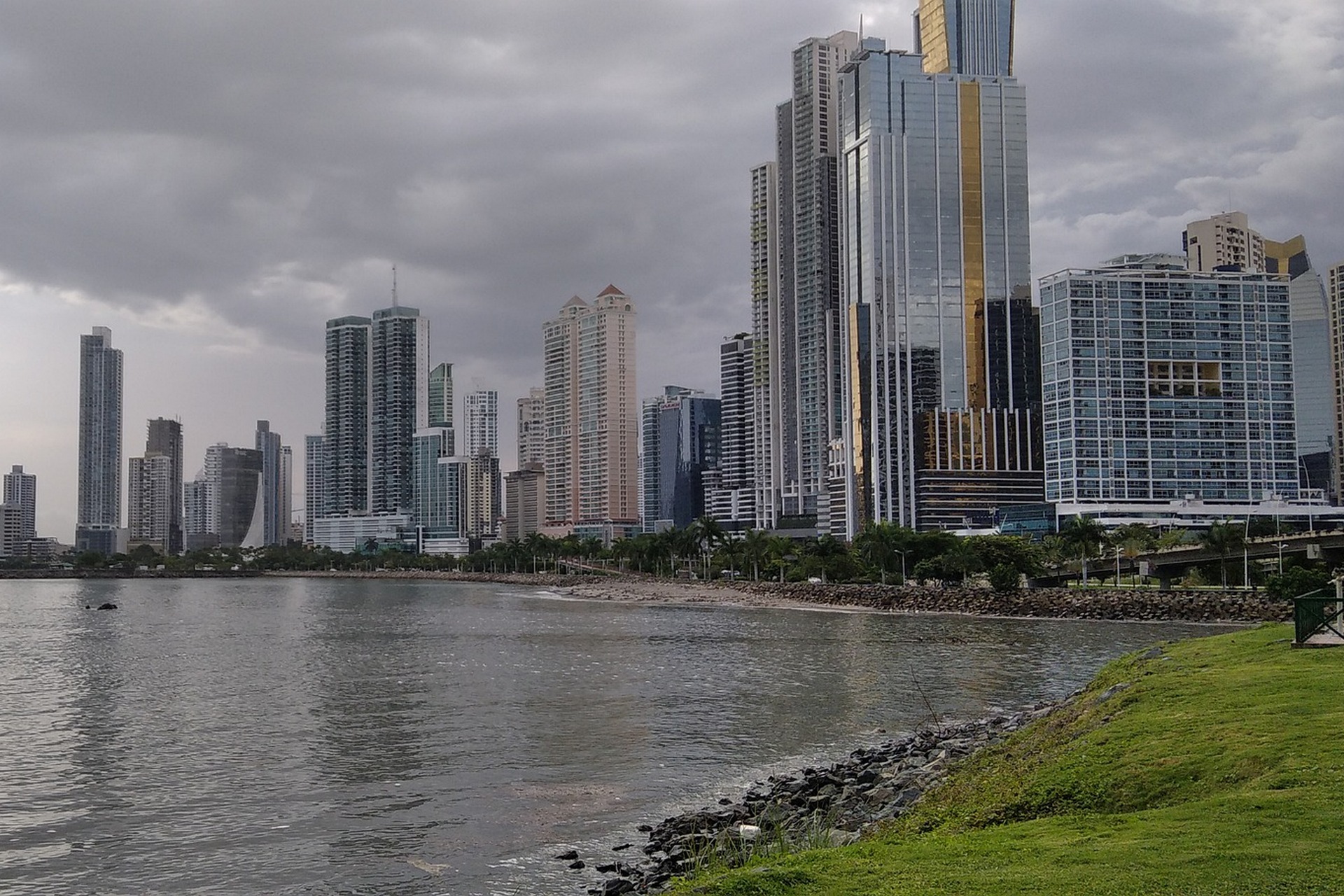What is Panama Worth Visiting

The Republic of Panama is an extremely beautiful and hospitable country located between the Caribbean Sea and the Pacific Ocean. The best time to visit this country is from January to May, when Panama has its dry season.
The main attraction of Panama is its unique nature. The picturesque white sand beaches of Bocas del Toro, San Carlos, Nueva Gorgon and Bastimento are great for a relaxing family swim as well as for surfing or underwater fishing.
Hiking enthusiasts should definitely visit Boquete, Cerro Punta, Soberania National Park and climb the Baru volcano. Another popular tourist destination in Panama is visiting the local Indian tribes who have managed to preserve their authentic culture and way of life.
As a memory of visiting this amazing country tourists take back home Molas – hand-woven products of bright colors, which are made by women of the Kuna tribe, local coffee of excellent quality and headgear.
Panama Canal
One of Panama’s most popular places is its canal. The amazing creation of human hands was officially opened in 1920, although the first ideas of such construction appeared as early as the 16th century. The Panama Canal hosts many tourist excursions and the best place to watch the ships is at the walls of the Miraflores locks.
Volcano Baru
The highest point in Panama is the Baru Volcano located in the west of the country. Its altitude is 3,474 meters above sea level. In good weather from the top of Baru you can see the Caribbean Sea and the Pacific Ocean. Baru Volcano is a popular tourist attraction and its summit can be accessed via the Quetzales trail.
Panama City
The capital of the state, founded in 1519, is the famous Panama City. It seamlessly combines the ancient ruins of Panama Viejo and modern neighborhoods. Swimming in Panama City’s coastal waters is prohibited, but the sandy beaches of Coronado, Gorgon, San Carlos, and Rio Mar await tourists less than an hour from the capital. It is worth spending a few days visiting Panama City because of its historic center which has been declared a World Heritage Site by Unesco. There is also a natural park, a highway and a lot of other interesting sights. And if you want something exotic, you can visit land-based casinos, which are also quite a few in Panama City.
City of Bocas del Toro
Bocas del Toro, the capital city of the province of the same name, has a lot of hotels, restaurants and entertainment centers. But it is popular because of the easy access to the famous Panamanian archipelago. On the islands of the archipelago tourists engage in diving and surfing, as well as making deep-sea dives.
Panama Viejo
An ancient city built in 1517, today it is part of Panama City. Panama Viejo constantly had to defend itself against Indians and pirates until one such attack in 1671 ended with the almost total destruction of the city. Today the ancient quarters of Panama Viejo are open to the public.
Coiba National Park
One of Panama’s largest islands has given its name to this country’s unique national park. About 760 species of fish live in the park and from April to September a lot of turtles come to Coiba to lay their eggs. For its excellent conditions for diving, Coiba is called the “new Galapagos”.
The Bridge of the Two Americas
Built in 1962, the Bridge of the Americas was the first undivided bridge between the southern and northern United States. After a major expansion in 2004, the capacity of the structure reached 35,000 vehicles per day. The bridge looks especially spectacular in the nighttime illumination.
San Blas Archipelago Islands
The exceptionally beautiful San Blas Archipelago is only about half an hour by boat from Panama City. It is inhabited by Kuna Indians who have managed to maintain an economy and culture independent of Panama City. People come to San Blas to do some diving, fish, see the daily Indian life or just relax on the pristine local beaches.
City of Boquete
Located in the Caldera Valley is the small town of Boquete. Tourists from all over the world come here for a variety of recreation. In Boquete, you can go fishing, ride horses through the jungle, visit coffee plantations, as well as rafting on the river in kayaks or inflatable rafts.
Comarca Kuna Yala Beach
One of the most popular beaches in Panama is Comarca Cuna Yala, located on an archipelago in the Caribbean Sea. It is home to the Kuna Indians, who rent out cabins and cook food for tourists who want to dive into a real “wild” vacation. The cleanest sand and clear waters of the coast make Comarca Kuna Yala ideal for family vacations.

The Sendero de los Quetzales Trail
One of the most beautiful hiking trails in Panama is the Sendero de los Quetzales Trail. The trail owes its name to the extremely beautiful and rare quetzal bird that can be found in the local forests. The Sendero de los Quetzales begins near Baja Boquete and leads through Cerro Punta to the observation point, 2,500 meters above sea level.
Isla de Taboga
In the Gulf of Panama near Cape Bruja is the famous Island of Taboga. Here you can relax on the beach, visit a miniature seventeenth-century church, and admire an impressive array of rain forest or watch a colony of brown pelicans. For outdoor enthusiasts, Taboga offers underwater or ocean fishing, overnight stays in tents on neighboring islands or kayaking.
Bastimentos National Marine Park
The island of Bastimentos, which is part of the Bocas del Toro archipelago, is home to the national park of the same name. More than 85% of the park’s area consists of the waters of the Caribbean Sea. The Bastimentos National Marine Park is home to crocodiles, several species of turtles, monkeys, sloths, and over 60 species of birds.
Santa Catalina
Until the 1970s, Santa Catalina was a simple fishing village, whose life changed abruptly when surfers discovered this attractive place. Today, the village offers surfers comfortable hotels, cafes and equipment rentals. In addition to surfing you can go scuba diving or underwater fishing.
Amador Causeway
The road from the mainland of Panama City, connecting the archipelago to the four islands, is called Amador Causeway. This road was built in 1913 and was originally used for the stationing of a U.S. military base. Today, Amador Causeway is a popular destination for tourists and locals.

